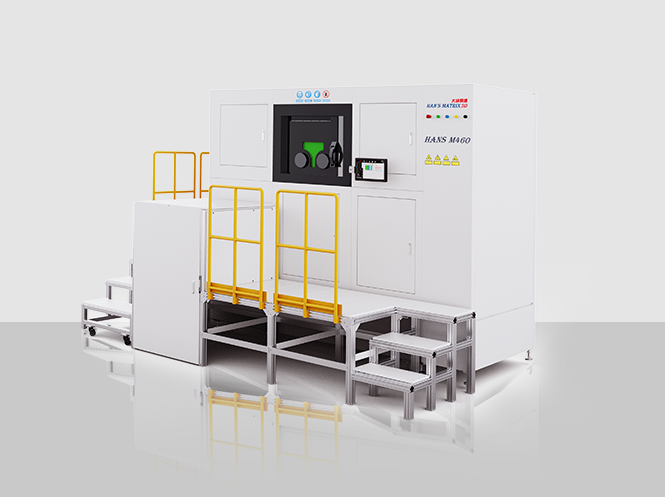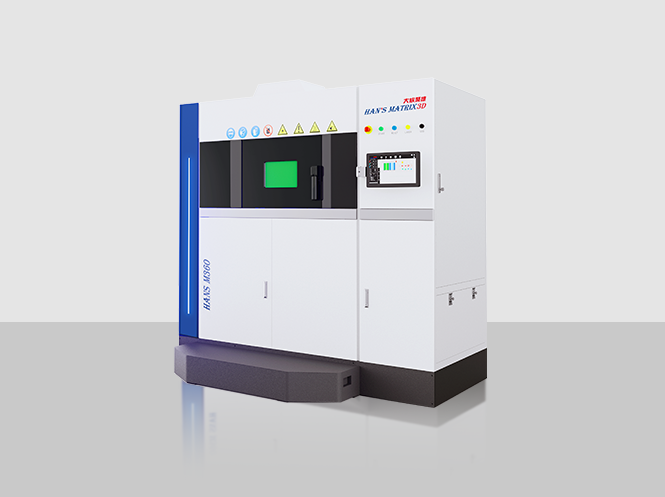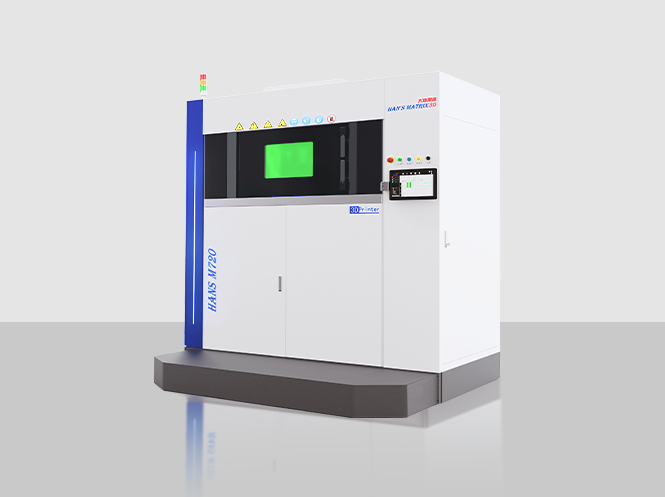The metal 3D printing technology of Han's Juviam has introduced innovative manufacturing approaches to the aerospace industry, demonstrating outstanding performance particularly in applications involving complex structures, lightweight design, and new materials.
The application of 3D printing in the aerospace industry is becoming increasingly widespread and profound, serving as a key driver of technological innovation and development in the field.
First, it significantly shortens product development cycles by enabling the direct manufacturing of complex components, eliminating the need for traditional mold development and multi-step processes, thereby accelerating product iteration. Second, 3D printing improves material utilization, reducing manufacturing costs—especially for expensive and scarce strategic materials. Additionally, the technology facilitates lightweight design, optimizes part structures, and reduces aircraft weight, leading to enhanced fuel efficiency and performance. As the technology continues to advance and its applications expand, 3D printing’s potential in aerospace will further unfold.
3D-printed products are profoundly transforming the aerospace sector, significantly enhancing efficiency and performance by reducing part counts, optimizing component structures, and lowering production costs. As a pioneering force, metal 3D printing technology provides unprecedented solutions for complex structures, lightweight design, and new material applications, driving innovation in aerospace manufacturing.
This technology not only enables integrated part production—reducing assembly steps and weight—but also expands design freedom, allowing engineers to create more intricate and optimized structures. Moreover, the high precision and flexibility of metal 3D printing facilitate rapid validation and adoption of new materials, accelerating technological advancement.














